WHAT IT IS?
Facial recognition technology is a form of biometric artificial intelligence, which is able to identify an individual, or verify their identity, based on their face alone. The technology typically works by comparing a digital image or video frame to the faces in a database, matching up facial features and/or skin textures. To date, facial recognition has been deployed in a range of fields. Facebook uses facial recognition to identify human faces within digital images, while Apple have a system called Face ID, which is used to authenticate the identity of the user, preventing unauthorised access. The technology is also used within security services and law enforcement.
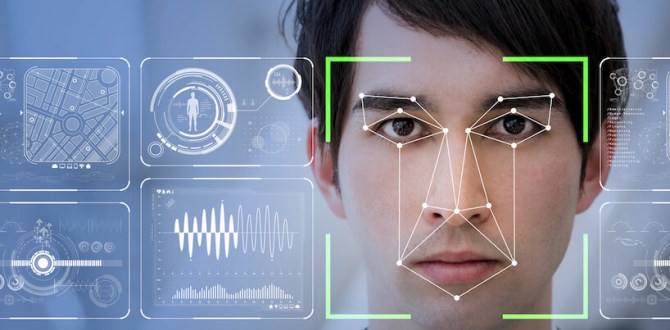
It is being explored and utilised more often in the travel industry. It can be especially useful here, because tourism companies have to deal with a huge number of travellers and customers, so any technology which can help to speed up processes is extremely beneficial. In addition, within airports and hotels, security is a key concern and facial recognition can be used to more easily identify people, to grant specific people access to places, and to keep others out. Moreover, the ability to recognise faces almost instantly can also enhance the customer experience through greater personalisation.
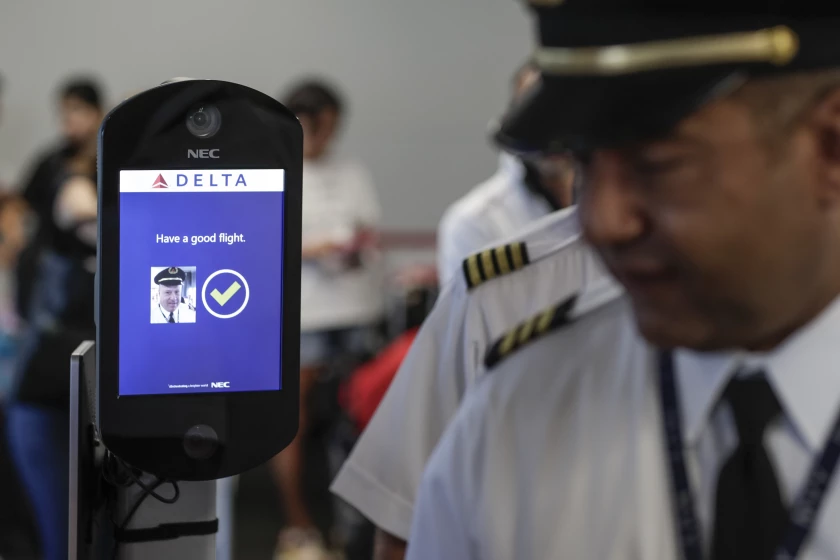
One of the most obvious ways the travel industry can make use of facial recognition technology is to improve personalisation for customers. By matching up faces in real-world environments to those on a database, hotels and other companies can identify people quickly and tailor services to those people.
Hotels, for example, can offer guests the option to provide a photograph of themselves during the booking process. When the camera at the hotel identifies their face upon arrival, hotel staff can then go and greet them by name and use the booking information to ensure they get a service that is more specific to them. It can also be used to identify guests who have stayed at the hotel before, allowing them to be rewarded for their repeat custom. In addition the hotel software could also be integrated with the facial recognition and each consumption or requirement that the client makes is stored in a database and with the help of the AI algorithm, it will be able to provide us with detailed information on the client’s profile and even make suggestions for the benefit of the customer and the company’s sales.

At two Marriott properties in China Hangzhou Marriott Hotel Qianjiang and Sanya Marriott Hotel Dadonghai Bay, guests have the option of arriving, going to a kiosk and using facial recognition technology to check-in quickly and effortlessly, without any need to queue or wait for a member of staff.
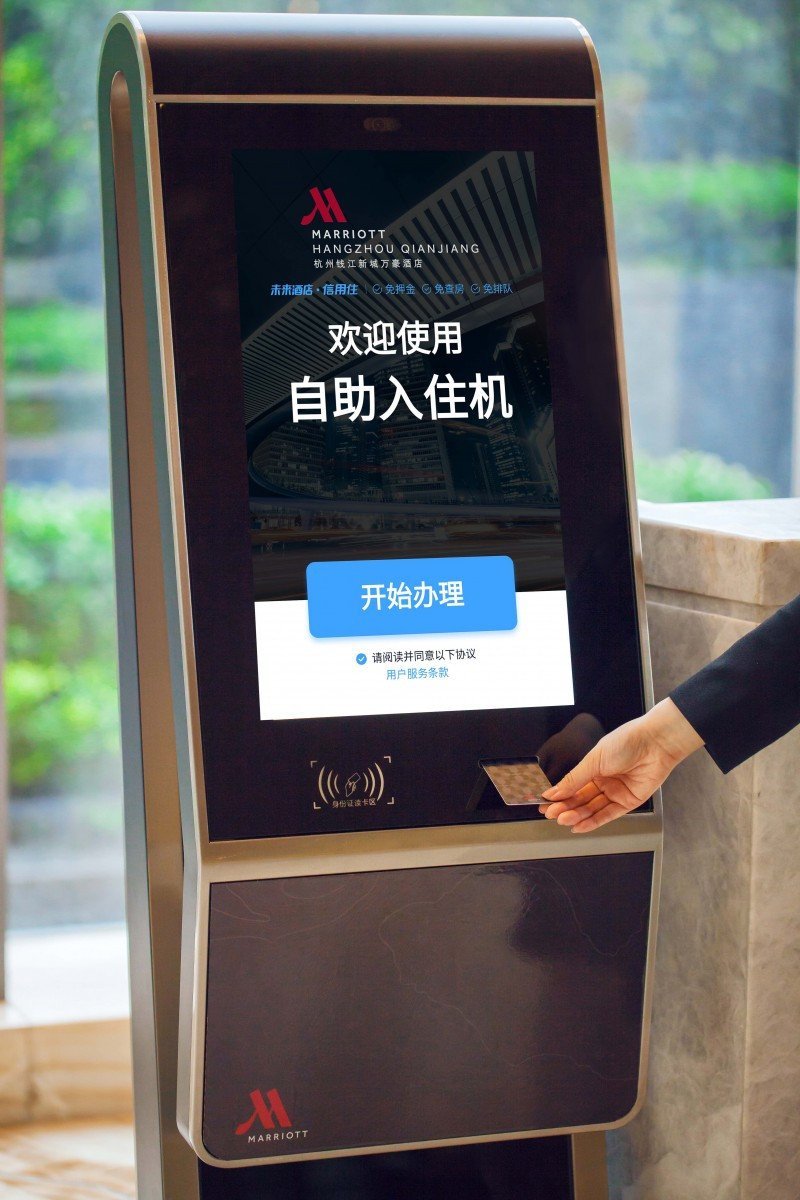
WHY IT´S COOL?
- Having more information about customers allows us to anticipate their requirements.
- The personalization of the hotel services helps us to improve the experience and, in this way, increases the client portfolio.
WHY IT HAS FUTURE GROWTH POTENTIAL?
Until relatively recently, facial recognition technology was a concept most commonly associated with science fiction. However, the technology has now advanced to the point where it is mainstream, compatible with smartphones, and used by social media sites. Another area where facial recognition is being introduced more frequently is the travel industry and we will see it more in the future because the need to improve the experience of our customers makes the processes more automatic and faster.

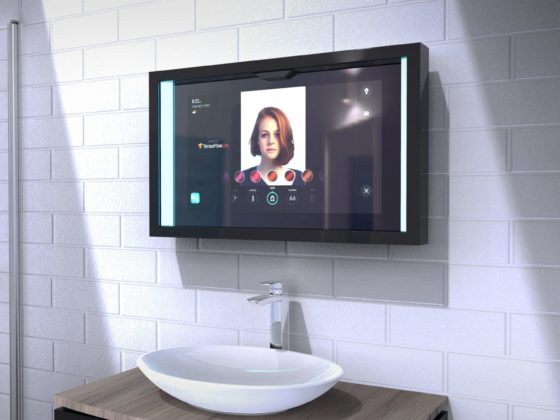
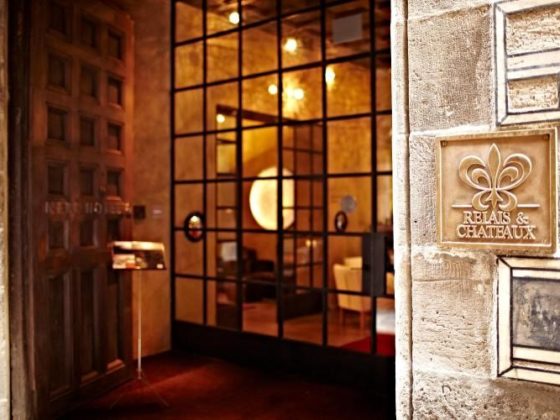
Lidia Valdés Castelló
Sofia Dionysopoulou
Mélanie van Haute
Matías Troya S